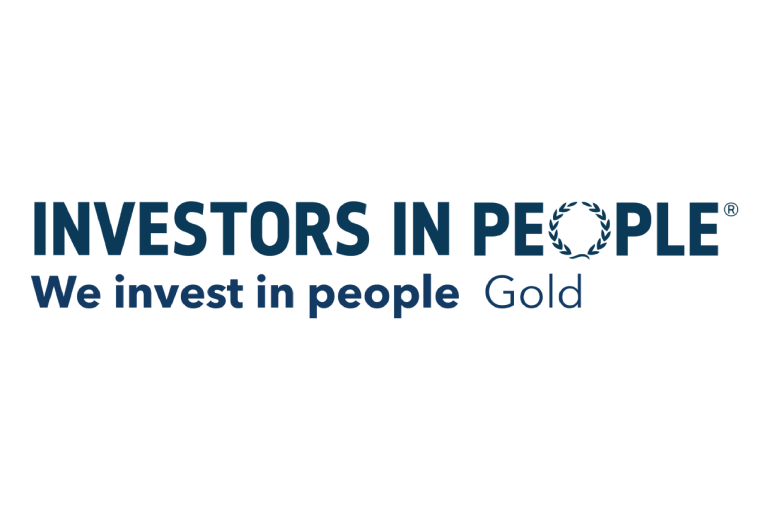Making the most of business downtime is exactly what is says. If the markets have halted due to a crisis, you might be wondering what you can do to push forward despite the downturn. Now is the perfect time to plan your next steps.
That’s right. Now is the perfect time to take care of those jobs you’ve been putting off or haven’t had a chance to do. In fact, making the most of business downtime by getting your business in order and making plans might even turn out be a blessing in disguise.
Being organised doesn’t mean you need to bury yourself in spreadsheets until the crisis is over. It doesn’t even mean that you need to have everything done so you can sit back and relax. Being organised means three things:
- You know what needs to be done.
- You know how things need to be done.
- You have a plan or a schedule for getting things done.
Take all those jobs you keep putting off or haven’t had time to do and put them in a list. How many of those jobs do you know how to do and have a timeline for doing them? If you’re like most small businesses, there will be a few jobs that need a little research. That’s fine. In fact, that’s great. The downtime gives you a great chance to make improvements.
Here are a few jobs you might not have thought of.
Website Flow
A company website is often the shop window for small businesses. When a crisis hits, a website might be seeing a lot less traffic. make the most of that downtime by optimising the site.
Put yourself in the shoes of your customer and visit your website as if for the first time.
People will make decisions in the first few seconds of landing on your website. They will make a subconscious judgement on the quality of your website before they even read the headline. Does your website look professional? Does it load fast? Is your branding strong?
The first conscious decision they will make relates to if your business offers the service or product they are looking for. They will want to know if your business will solve their problem. Ask yourself what that problem might be and ensure the message is clear enough to convince them to stay on your website. Remember, your initial message or tagline should not sell your products or services, they should be written to sell an emotion. In those first few seconds, emotions count.
If the visitor is still on the website at this stage, they will start looking for more granular information. They will have questions about location, pricing, opening hours, deliveries and more.
Does your website provide this information in a clear manner that flows as well as it could do?
Lastly, there should be a clear call to action. Don’t give your visitors all the information they need then make them search for a way to get in touch. Use concise language on prominent buttons, such as, Get in Touch, Download Now, or Order Now.
Competitor Analysis
Dedicating some business downtime to carry out competitor analysis is a very healthy way to spend time.
Do you know who your competitors are? If not, carry out some research and make a list of all the companies that are direct or indirect competitors.
Now add that list to a spreadsheet and prepare to get analytical. Rate their websites with a score out of ten. Make a note of their delivery times, opening times and pricing.
Add in factors such as after-care, location, reach and availability. Your industry may have other factors that we haven’t listed here, but you should be able to put yourself in the shoes of your potential customers and ask yourself who you would prefer to do business with.
From these results, you should also be able to identify unique selling points (USPs). Does your business offer greater value for money somehow? Is your after-service higher-quality? Do you have a larger range of products? Being the cheapest is rarely the best USP to shout about so choose something that will convince customers that your business is the one to go with.
Social Media
We’ve spoken before about how to use Social Media during a crisis. but there’s far more to it than simply, what to post on Facebook and how to post on Instagram.
Use the business downtime to get organised. Create a social media calendar and ensure you cover all relevant platforms.
Consider splitting up the types of information you share. If you plan to share something industry or community related in the morning and then share something personal in the afternoon. Sharing something personal is of course down to the individual. Some people are wary of sharing too much information and that’s understandable. But remember, people buy people. If your customers can relate to you, you’ll find your social media posts get more engagement.
By creating a social media schedule, you can plan ahead. You might find an article that your audience will find interesting, bookmark it so you can find it later. You might be planning to go for a walk with your dog. Take a few photos so you have something to share later.
Being organised is all about mindset and routine. If you build that routine, you’ll find it easier to save articles and take photos for your posts.
There are even some fantastic apps you can use to build good habits. Apps such as Streaks, will encourage you to keep the momentum going. Each time you do a task and record it, you’ll get a little hit of endorphins, you’ll feel good and most importantly, you’ll make that habit stronger.
Content Marketing Schedule
Content marketing during a crisis can be a powerful tool. We’ll discuss why in another post, but suffice to say, business downtime is a great opportunity to create a content marketing calendar.
Work out how often you would like to post an article or a blog. The effectiveness differs with each industry, but many companies choose to release at least one article per week.
Calculate how long you would need to write an article, how long you would need to have edited and proof-read and schedule that time in. Book that time into your calendar and stick to it. It’s sometimes easy to push writing an article to the back of the to-do list if you’re struggling for content, but if you plan ahead, you’ll never be short of material.
Again, use an App like Streaks to record your progress.
Think about what you will release and the order of your content. You might find that releasing the content in a particular order will allow you to link later posts to earlier posts to support what you have to say.
Training
By carrying out the above, you may discover areas of improvement both for yourself and for your business. Use business downtime to ensure that when normality is restored, your business returns stronger than ever before.
Set aside time for personal development. It might be that you need to understand social media more. You might even consider leadership, business or financial training.
If your business employs staff, consider offering them training too. Business downtime is the perfect time to develop your employees both as individuals and as a team.
Just because people are working from home doesn’t mean your team have to be disparate. If you use video conferencing tools such as Microsoft Teams, Zoom or Skype to carry out meetings then why not use them to bring everyone together too, just as they would during a coffee break. The business downtime might even give you a chance to relax a little and form bonds with your team.
Business downtime is without question, full of uncertainty. But by getting organised, you can achieve a huge amount, develop great habits and even build a stronger, more qualified team.
Use the business downtime to your advantage. Assess your competitors, discover your USPs, and increase your social presence and when normality returns, your company will be on the front foot and ready to take the industry by storm. Can’t do this on your own? DBS Digital offers Digital Marketing Services & Website Marketing Services to help your business succeed. Our dedicated team is here to help. To learn more, make sure to get in touch with our team.









